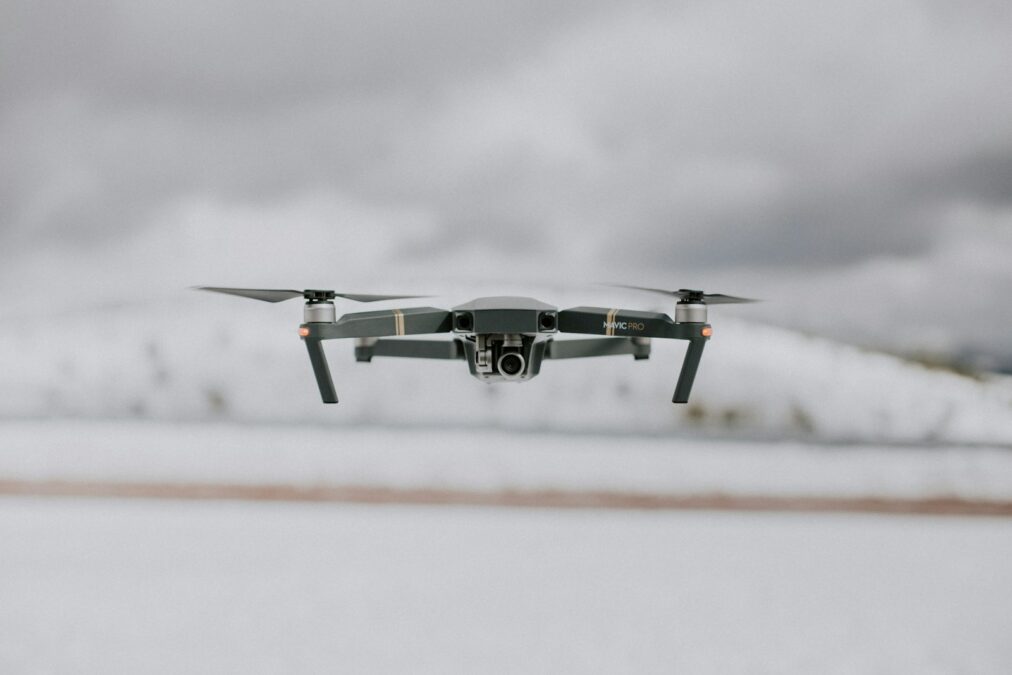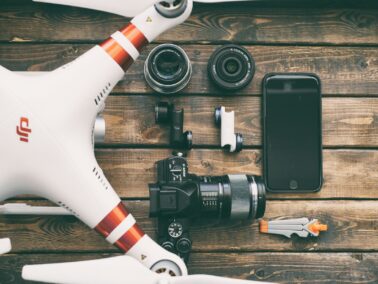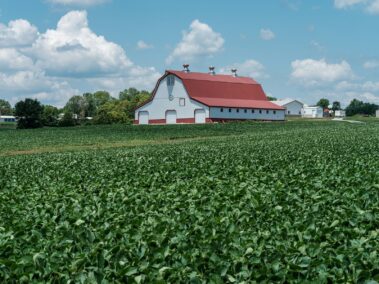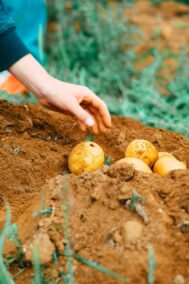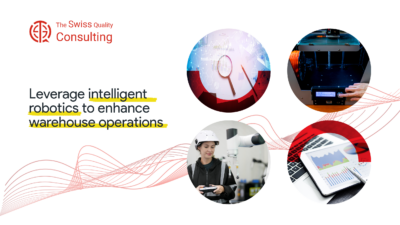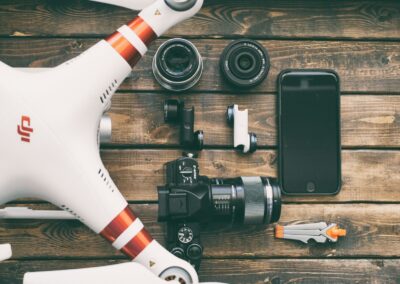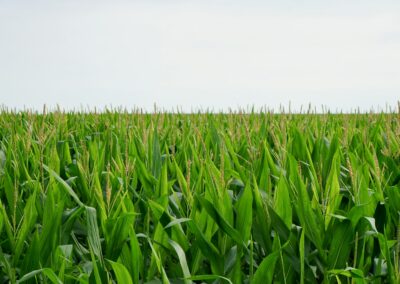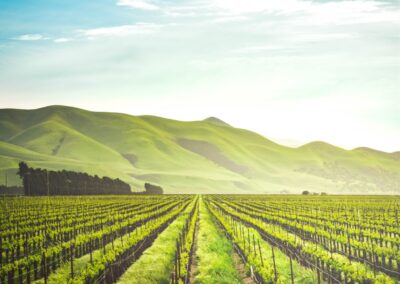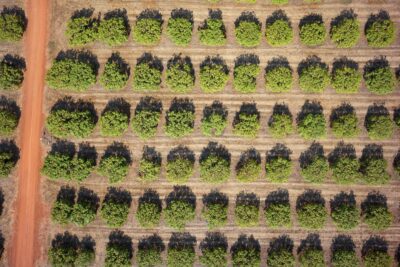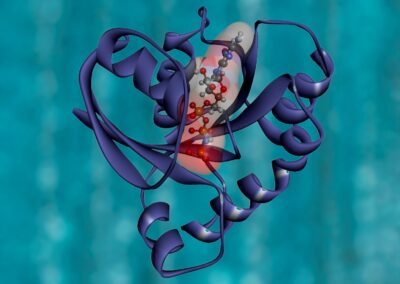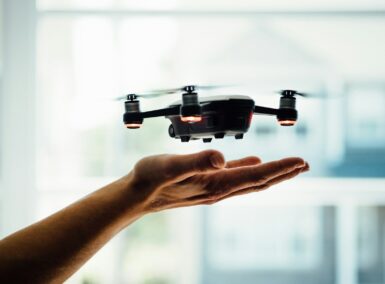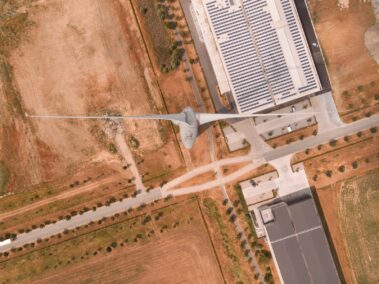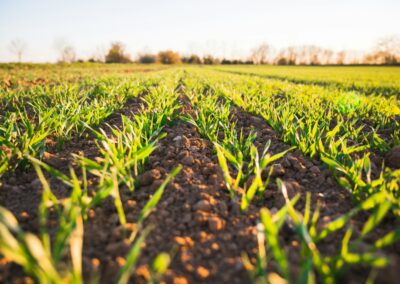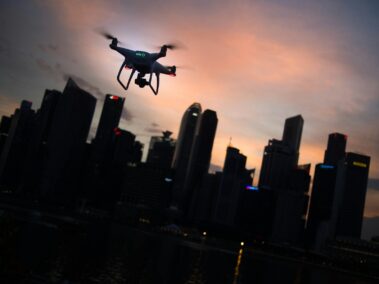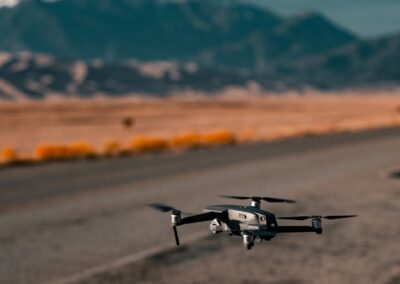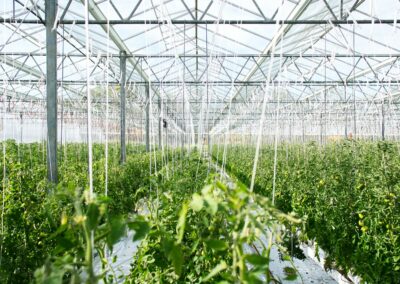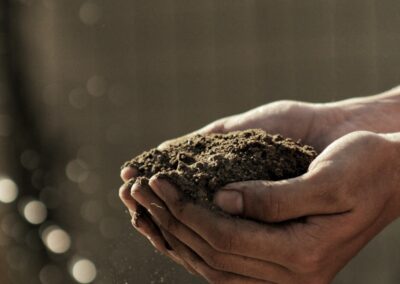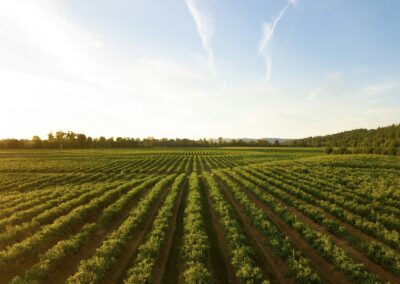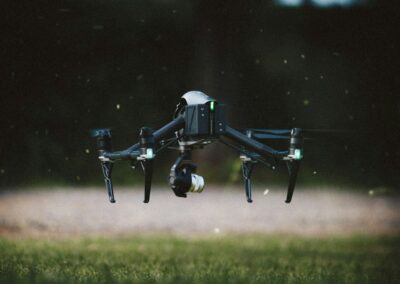Enhancing Efficiency: Robotics in Agriculture for Drone Crop Monitoring
Introduction to Robotics in Agriculture for Drone Crop Monitoring
Robotics in agriculture for drone crop monitoring is revolutionizing the way farmers manage their crops, offering unprecedented insights and efficiencies. In regions like Saudi Arabia and the UAE, where agriculture faces challenges such as water scarcity and extreme weather conditions, the adoption of advanced technologies is essential for sustainable farming practices. Drones equipped with sensors and imaging technology are enabling farmers to monitor crop health, identify pest infestations, and optimize irrigation strategies with precision and speed.
Drones have emerged as valuable tools for crop monitoring, offering farmers a bird’s-eye view of their fields and enabling them to detect issues early before they escalate. Equipped with high-resolution cameras, multispectral sensors, and LiDAR technology, agricultural drones can capture detailed imagery and data that provide valuable insights into crop health and growth patterns. This data allows farmers to make data-driven decisions regarding fertilization, pest control, and irrigation, leading to more efficient resource utilization and higher crop yields.
Moreover, the integration of artificial intelligence (AI) and machine learning algorithms enhances the capabilities of agricultural drones, enabling them to analyze vast amounts of data and identify trends and anomalies. By leveraging AI-powered analytics, farmers can predict crop yields, optimize planting schedules, and even detect diseases before they become visually apparent. This proactive approach to crop management not only increases productivity but also reduces the reliance on chemical inputs, promoting environmentally sustainable farming practices.
Advantages of Robotics in Agriculture for Drone Crop Monitoring
The adoption of robotics in agriculture for drone crop monitoring offers numerous advantages for farmers and agricultural producers. One of the key benefits is the ability to monitor large agricultural areas quickly and efficiently. Traditional methods of crop monitoring, such as visual inspection or satellite imagery, can be time-consuming and expensive. In contrast, drones can cover vast areas in a fraction of the time, providing real-time data that allows farmers to respond rapidly to changing conditions.
Additionally, drone crop monitoring enables farmers to implement precision agriculture techniques, which optimize inputs such as water, fertilizer, and pesticides based on the specific needs of each crop and field. By tailoring treatments to individual plants or small areas, farmers can minimize waste and environmental impact while maximizing yields and profitability. This targeted approach to crop management is particularly valuable in arid regions like Saudi Arabia and the UAE, where water resources are limited, and environmental sustainability is a priority.
Furthermore, the data collected by agricultural drones can be integrated into farm management software systems, allowing farmers to track trends over time, analyze historical data, and make informed decisions for future seasons. This data-driven approach to farming facilitates continuous improvement and enables farmers to adapt their practices in response to changing market conditions, consumer preferences, and regulatory requirements. By harnessing the power of robotics and data analytics, farmers can optimize their operations and drive long-term business success.
Future Outlook: Harnessing the Potential of Agricultural Robotics
As the agricultural industry continues to embrace robotics and automation technologies, the future of farming looks increasingly promising. The ongoing development of advanced sensors, imaging technology, and AI algorithms is expanding the capabilities of agricultural drones and opening up new possibilities for precision farming. In the coming years, we can expect to see further integration of robotics into various aspects of agriculture, from planting and harvesting to soil analysis and livestock management.
In regions like Saudi Arabia and the UAE, where agricultural innovation is a strategic priority, investment in robotics and AI for farming is expected to accelerate. Governments, research institutions, and private sector stakeholders are increasingly recognizing the potential of these technologies to address food security challenges, enhance environmental sustainability, and drive economic growth. By fostering collaboration and knowledge sharing, these countries can position themselves as leaders in agricultural robotics and pave the way for a more efficient, resilient, and sustainable food system.
In conclusion, robotics in agriculture for drone crop monitoring represents a significant advancement in modern farming practices. By leveraging the power of robotics, sensors, and AI, farmers can monitor their crops with unprecedented precision, optimize resource management, and maximize yields. In regions like Saudi Arabia and the UAE, where agriculture is vital for economic diversification and food security, the adoption of these technologies is essential for ensuring the long-term sustainability and resilience of agricultural systems.
#roboticsinagriculture #dronecropmonitoring #agriculturaltechnology #precisionfarming #AIinagriculture #farmingdrones #SaudiArabiaagriculture #UAEagriculturalinnovation

